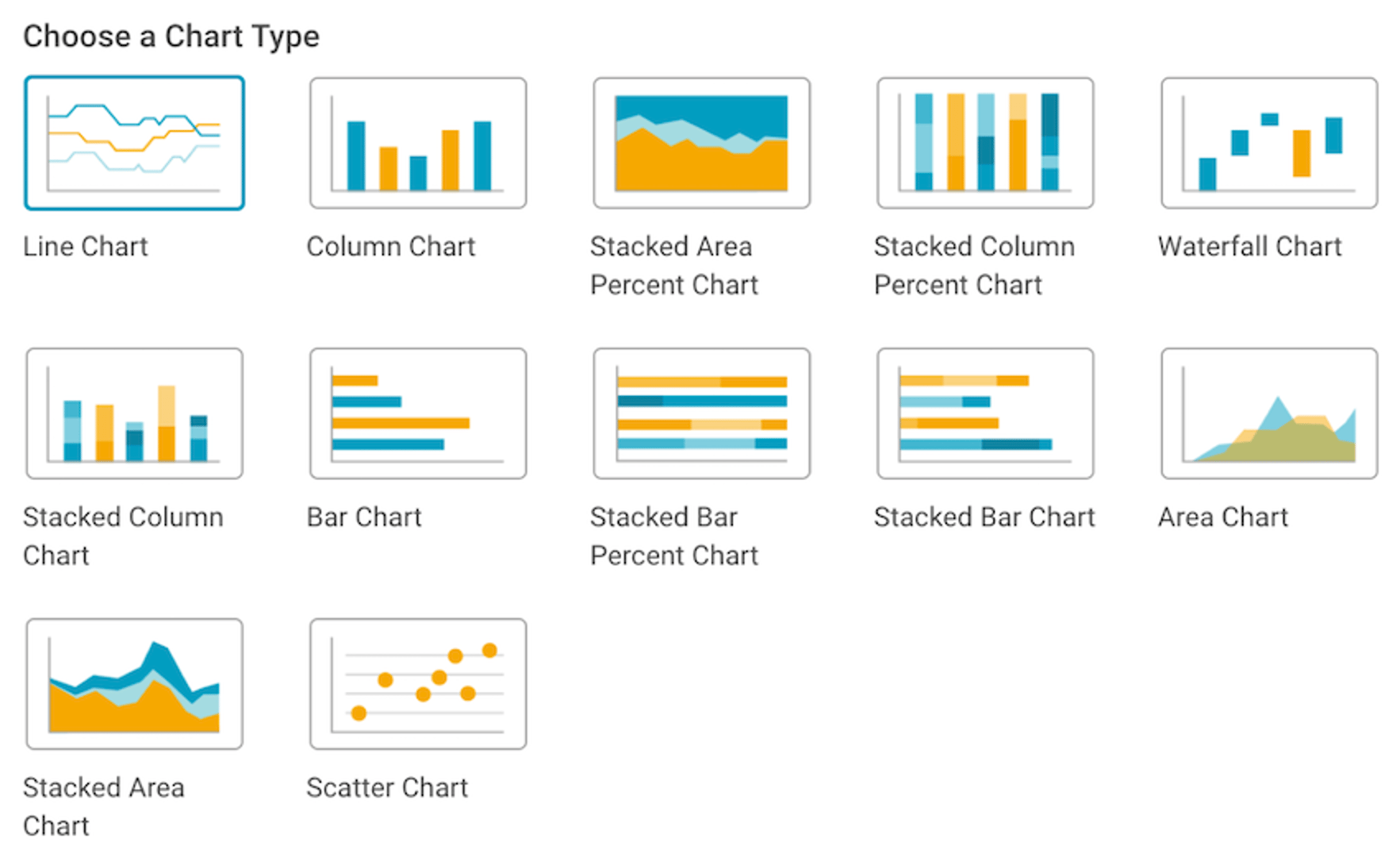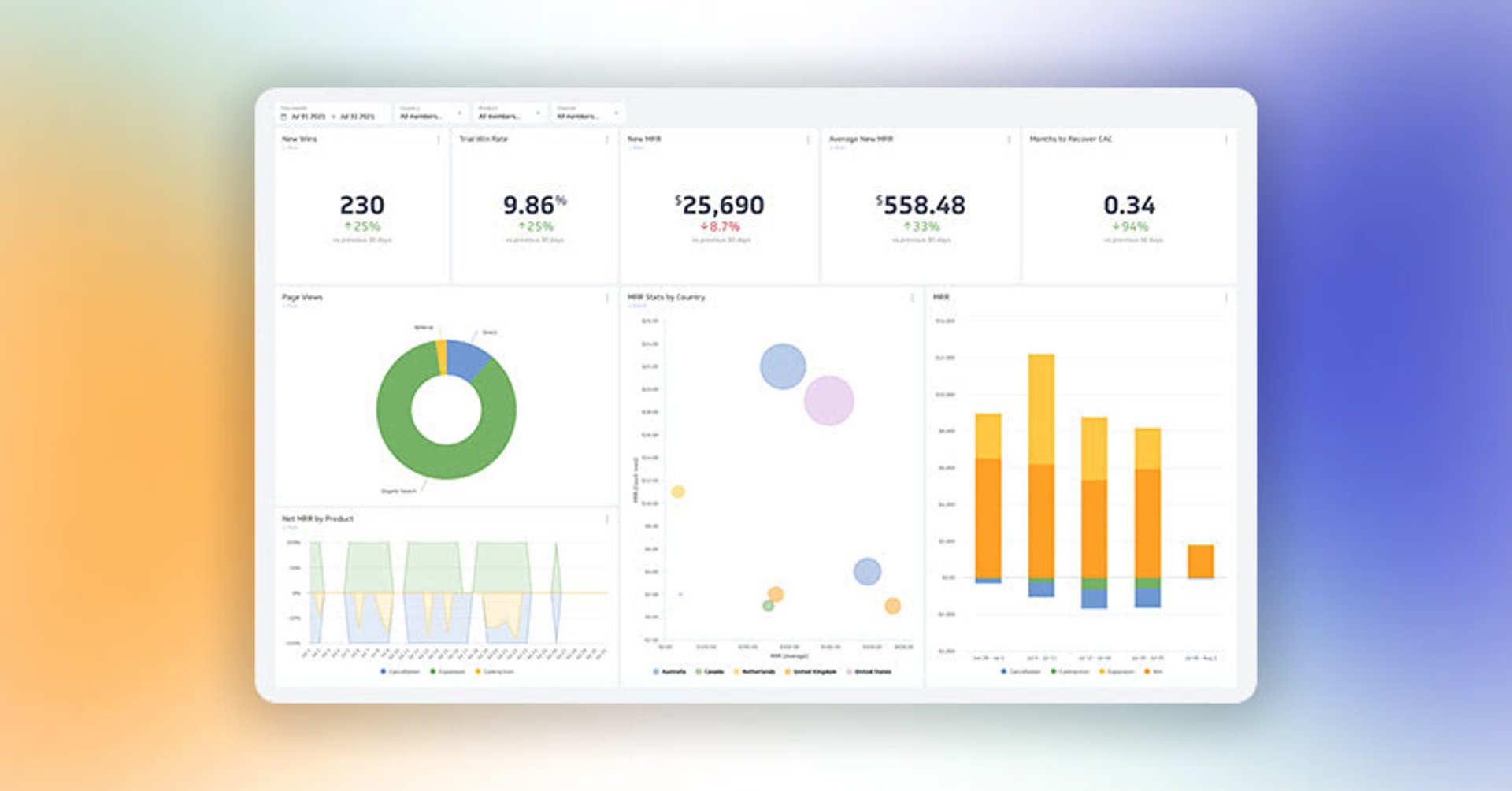Understanding social media interaction KPIs

Published 2023-09-27
Summary - Social media interaction KPIs are perhaps the most misunderstood element of all social media KPIs. Here's a primer to help you understand them.
When you post content on your social media channels, you want that content to have some impact. And a good way to assess impact is by looking at the interactions that your posts get.
Social media interactions are a well-suited but often misunderstood measure for the level of engagement your content received.
In this post, I'll present different KPIs to measure interactions for your social media profiles. I’ll do this by comparing Facebook data from two budget airlines: Ryanair of Ireland and Eurowings of Germany.

This should help you to get a good overview of how to measure (and more generally think about) social media interactions in an optimal way.
What do social interactions really mean?
As there are some differences among various social networks, let's first delve into what social media interactions are.
For Facebook, social interactions encompass the following:
- Likes
- Comments
- Shares
- Emoji reactions

On Twitter, interactions mean the sum of all favorites, replies/mentions, and retweets for a profile.
Instagram is a bit of a different story. By default, it is not possible to share content other than images/videos on the platform. Accordingly, when talking about interactions, this typically refers to likes and comments.
While the metrics highlighted below contain only Facebook data, it's important to see the parallels between them and the other social media networks.
5 approaches to measuring social interactions
There are many different ways to approach this. We will take a look at these five common Facebook interaction KPIs:
- Facebook Total Interactions
- Facebook Interaction Rate
- Facebook Average Interactions Per Post
- Facebook Interaction Rate by Post Type
- Facebook Interaction Rate by Weekday
Let's start by looking at the total interactions that a profile gets.
1. Facebook Total Interactions

To receive a good overview on how the content for your managed profiles is performing, you can choose a larger time frame like six months. And to get a clear first impression, the visualization of the data also plays an important role.
I often find that column charts are a great initial way to view the data because they eliminate any potentially confusing overlaps.
Here is Ryanair's successful video post from late July 2017:
By looking at the total interactions, we can identify that Ryanair received an exceptional amount of interactions in the last week of July 2017.
If you want to quickly find your best performing content and search for visible spikes, use a line chart with a daily time frame:

The sum of all interactions is a good measure to assess your overall success. However, many factors influence the number of interactions that you get.
This is the reason why it can make sense to look at an interaction rate rather than at the total sum. This approach is particularly useful if you want to compare profiles of differently-sized fan bases.
2. Facebook Interaction Rate

The interaction rate that we created incorporates the number of all interactions and puts it into relation with the number of fans and the number of published posts.
The result, in the case of Facebook, is a combined index of the sum of likes, reactions, shares and comments per post, standardized by the total amount of posts and followers.
This interaction rate KPI, however, should be used with some caution.
As the sum of interactions divided by the number of posts is again multiplied by the ratio of followers, a rising number of people following your profile can drag the rate down. This happens when the absolute number of interactions does not rise accordingly to the follower count.
So always keep that in mind while interpreting this KPI.
In our case for the two budget airlines, the Interaction Rate shows a different picture than the Total Interactions metric displayed above. As noted, this can happen when you compare two differently-sized pages.
As the rates take the fan count and the number of published posts into account, for their respective size, Eurowings (appr. 580k fans) will almost always score better than Ryanair (appr. 2.3 million followers).
The Total Interactions and the Interaction Rate are interaction KPIS on the page level. However, in certain cases it makes sense to break the interactions down to a post level.
3. Facebook Average Interactions Per Post

To break the data down, you can choose to measure interactions in averages per post. This adds more context by showing how efficient your posts are on average. If you post 30 times in one month and as often in the next, but your average interactions per post rise, you are obviously doing a good job!
Choose a weekly or monthly view to better show general trends. In the case of the budget airlines, we can observe that while Ryanair gets more interactions in total, Eurowings seems to be more efficient, meaning that they typically achieve more interactions per post on average.
To gain deeper insights on which types of content works best, it is wise to break down the interactions for different kinds of images, videos, links, or status updates.
4. Facebook Interaction Rate by Post Type

As you can see in the example, the interaction rates for links and pure status updates are much higher for photos and videos. This is in line with the widespread belief that visual content typically performs best.
However, if you look at the interaction rates for Ryanair, photos are performing better than videos.
The takeaway here should be that it is always wise to question the commonly held beliefs around social media performance. Different content might work better for you and your audience than it does for a close competitor's audience.
Don’t blindly follow. Keep your data close and adjust your content accordingly.
5. Facebook Interaction Rate by Weekday

Many social media managers often ask us: "When is the best time to post?"
We specialize in social media KPIs at Quintly, and we believe there is not a one-size-fits all answer to that question.
A good way to approach this puzzle for your own case is to find out what type of posts (and at which times) your fans interact with the most.
Data from the first half of 2017 for Eurowings, for example, shows a rather low bar for Mondays, meaning that the interaction rates for posts on that day are typically lower.
One could posit a few reasons for this. It could be that people are less willing to engage on social media platforms on Monday – maybe they are still a bit groggy from the weekend....
It could also be that the content Eurowings posts on Mondays is simply not as engaging as what they share on other days of the week.
Whatever the exact reason, the chart displays the fact that Mondays are not showing a good performance for Eurowings. Based on that finding, one thing is clear: it’s time to act to achieve better, more consistent results throughout the whole week.
Final takeaway on social media interaction KPIs
It's easy to get caught in paralysis analysis when it comes to establishing and monitoring social media interaction KPIs.
I like to start by asking these 3 questions:
- Do you want to get an overall feeling for your social performance regarding interactions? Then choose Total Interactions visualized as a bar chart for different weeks or months.
- Do you want to identify your best performing content? Choose a line chart and a daily data frame to make individual peaks visible.
- Is it the specific content type that interests you? Then break down the interactions according to them.
Lastly, take data visualization seriously.

There are many options to choose from, but not every form of data visualization allows you to see insights in a single glance.
And choosing different data visualization types can give you a completely new perspective.
Ultimately it all comes down to a fairly simple concept: the only way to optimize your strategy based on valid data is to always keep your eyes on your social media performance data.
By doing so, you will be able to find your high and low points. From there, you can identify what works best and make it work even better. And you can identify what doesn’t work so well and either improve it or get rid of it.
See Also:
Related Articles

17 KPIs Every Data-Driven Manager Needs to Lead Their Team
By Danielle Poleski — October 14th, 2025
7 ways to present KPIs that your management team will love
By Danielle Poleski — September 25th, 2025
12 Important Sales Enablement Metrics You Shouldn't Miss
By Grace Lau — September 19th, 2025

